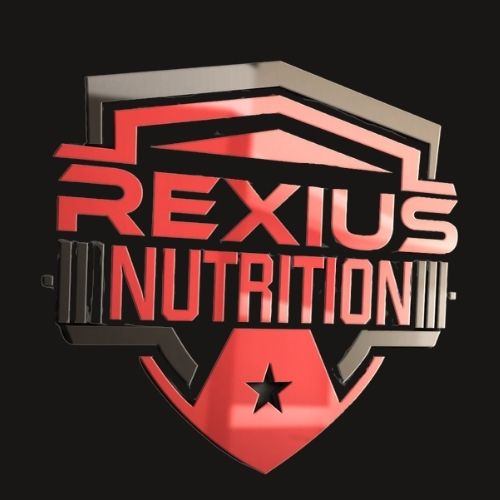Part 5: Keep your muscles healthy!
Whether you are exercising for weight loss, strength, or hypertrophy (muscle growth), the very nature of resistance training is that muscles are damaged during training. Recovery is the process of the body repairing the micro-damage done to skeletal muscle tissue, and the body’s adaptive response to this process, over time, produces increases in strength, training capacity, and muscle size.
Ideally, this process would go on without interruption until our goals are achieved. However, the reality is that sometimes we overdo it with our training, sometimes muscular imbalances occur (and there many potential causes for this), and sometimes (especially as we age) our bodies just fail us. In any case, injuries are a part of any athletic endeavor. Sometimes, injuries are completely outside of our control, but much can be done to improve the health of connective tissue, which also can assist in injury prevention.
Suffice it to say, I think all athletes have done some type of stretching in their lives; however, if we’re honest, I’m sure most of us would confess to not stretching nearly as often as we probably should. One common thing that I have noticed among the many bodybuilders and powerlifters that I have known in my life is this: athletes that are the most flexible also tend to be the strongest relative to their size. In addition, there is an aesthetic quality that flexible athletes have in their muscles; those athletes’ muscles just have a healthy, supple look about them.
As with most things in life, some people are more naturally gifted than others – some people are just more or less flexible than others (although a lot of this probably has to do with physical activity in childhood). However, flexibility can be developed, and flexibility training (stretching) can extremely beneficial when used properly. Further, neglecting this aspect of training can have a negative impact upon how muscles perform, feel, and look.
But does stretching itself have an impact on recovery? I believe that it does. Certainly, stretching has been shown to decrease muscle soreness, but that’s not really what I’m getting at. Since recovery is the process of repairing the damage done through training, one needs to bear in mind HOW the body does this. There are all kinds of nutrients that the body attempts to distribute to damaged muscle tissue after training through the bloodstream. One problem that arises is when muscle fibers are chronically tight, blood flow is restricted. The act of stretching temporarily restricts blood flow to the muscles being stretched, but it quickly elevates blood flow after the stretch is released.
Of course, there are many different ways of stretching, but trying to cover that would quickly go beyond the scope of this one brief article. For the benefits of recovery that I’m attempting to address here, stretching during or after exercise is commonly practiced among athletes.
However, stretching alone has its limitations, especially with some muscles that are particularly difficult to stretch (shoulders, upper back) or in individuals whose muscularity has developed to the point that the range of motion of certain joints is limited. Increasing numbers of health practitioners (mainly chiropractors, physical therapists, and massage therapists) are recognizing this, and many offer services that have some of the same effects on muscle tissue that stretching does. Deep Tissue Massage, Active Release Therapy (ART), Graston Technique, and Cupping are some of the most common of these therapeutic modalities. I have had first-hand experience with all of these techniques, and I find them all to be beneficial, both for alleviating existing discomfort and soreness, and for optimizing the body’s ability to recover from training.
 Skip to content
Skip to content
